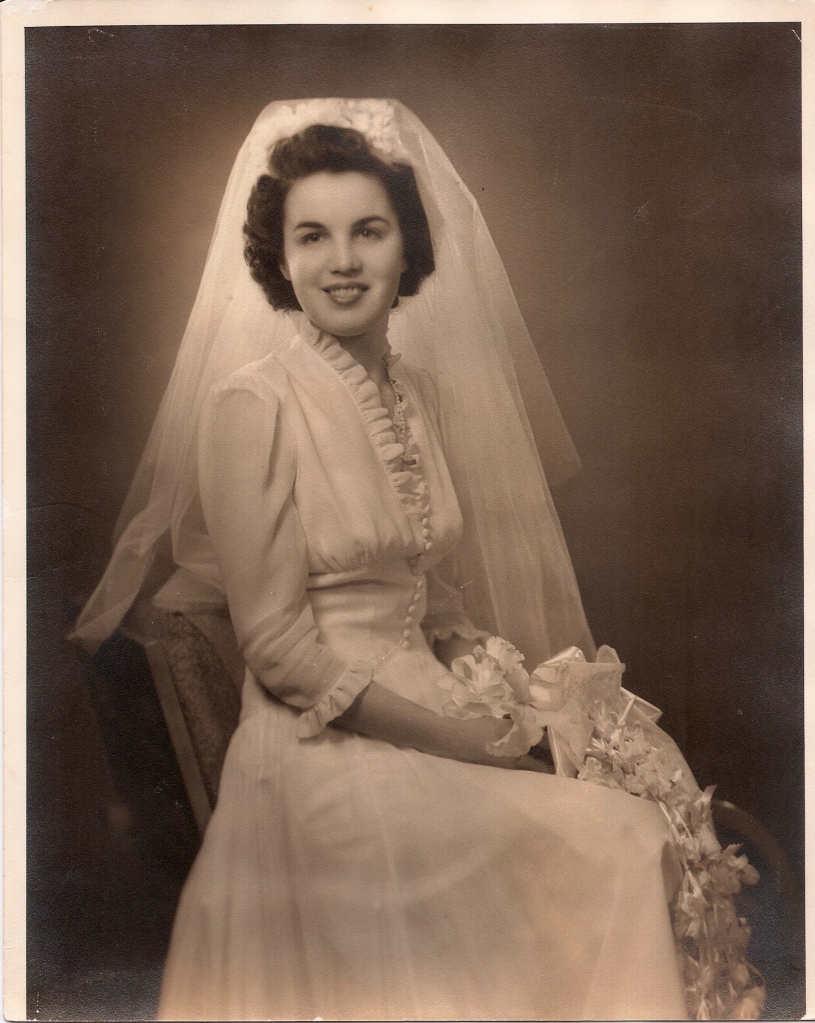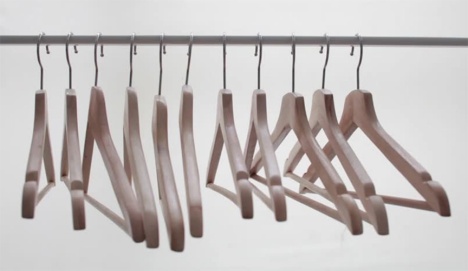
Do you wrestle with these excuses for not getting rid of your stuff? I do…all the time. But we all want to feel more connected to the people around us, not to our stuff. We write in our book, and in our blog posts, how to push through and get rid of stuff but sometimes a pithy quote gives us a new perspective. Here’s some interesting advice from others.
I might need this some day.
Or maybe you feel it’s too good to throw away.
Someone said, “Once you need less, you will have more.” Give away the stuff that still has life in it, find new homes for these things and you will feel like you have more than you need.
I feel guilty for wasting money by getting rid of things.
The money won’t come back whether you save the item or give it away. Guilt is just an emotion that clutters your head. As Big Panda said when the leaves were falling from the trees in a James Norbury book, “Don’t be sad. Autumn is nature’s way of showing us how beautiful letting go can be.”
I’ll save this for my daughter or my son or my niece.
The next generation – in fact, the next two generations – do not want our stuff. Our best gift to them is to leave our things in manageable order. As Leonard Cohen said, “Putting your house in order, if you can do it, is one of the most comforting activities, and the benefits of it are incalculable.”
I have such good memories of this.
All those memories!
The memories exist in our hearts and our souls not in material things. Keep the memories, absolutely. Take pictures, write down stories, record your thoughts for yourself and for future generations. As we say in our book, “Keep the memories, get rid of the stuff.”
It belonged to my mom (or my dad or my grandmother).
C.S. Lewis said, “We are who we believe we are.” If we believe we are our mother’s child, we are. And we hold our mother inside ourselves. If we believe we are our grandfather’s grandchild, then we are. We keep our loved ones inside us, on our hearts and in our memories. Parting with items that belonged to our parents or our grandparents is just that, getting rid of items. It is not getting rid of the people who the items once belonged to. Intellectually that’s not a difficult concept but emotionally it’s a leap. We can make that leap!
I’m saving it for a special occasion.
Or maybe you’re keeping it for “some day.” Use it now. Wear the elegant dress (if you own one!), use the fancy china. Follow the advice of Mary Engelbreit, “Don’t save anything for a special occasion. Being alive is a special occasion.”
I just don’t have the time.
Marcel Proust said, “Love is space and time made perceptible to the heart.” Time is a gift to our loved ones. If you love your family, if you love yourself, you will find the time to declutter your stuff, not all at once but bit by bit.
I’m feeling overwhelmed. All the stuff!
As we say in our book, just start. Anywhere. Do the easy things first. As Lao Tzu said, “A journey of a thousand miles begins with a single step.” Just take one step.
As a final quote. A crew member of Junk Vets said, after cleaning out a house, “Once you turn fifty you should just have to start giving away things.”
≈Linda Hetzer is an editor and author of books on home design, crafts, and food, and coauthor of Moving On: A Practical Guide to Downsizing the Family Home.
Filed under: Uncategorized | Tagged: downsizing | Leave a comment »
















